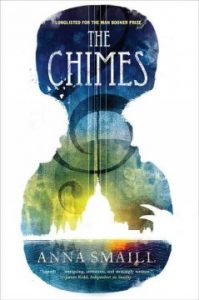*This post is part of Free for All’s “Making Magic” series, which will focus on Kelley’s exploration of the opportunities in the library’s Creativity Lab.
Many of you are well aware that the City of Peabody has been celebrating 100 years with Peabody 100, a series of events that began with a Family Festival at Brooksby Farm in May 2016 and will culminate with a Grand Ball at the North Shore Mall in May 2017. As part of this exciting line-up of events, the City recently held the Centennial Parade, which included bands from across the country and featured music, costume, dance and the arts. Thanks to the approximately 200 volunteers and numerous city officials involved in the planning, the event was a tremendous success. Now, you may ask, what does Peabody 100 have to do with Making Magic and learning to use the tools in the library’s Creativity Lab? Let’s take a moment to talk about the library’s parade float.
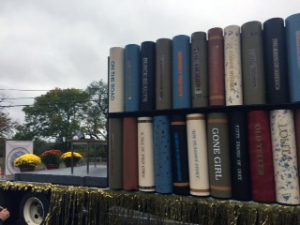
City organizations built their own floats for the parade and the library was no exception. A group of volunteers met on weekends and constructed a rolling version of the Main Library equipped with George Peabody himself (well, not really, but you know what I mean), and of course lots of giant books! As the person who takes care of the library’s graphic design needs, I get some unusual requests. I’ve spent time gazing at the Sutton Room’s beautiful ceiling to find inspiration for the Peabody Institute Library Foundation’s logo, drawn whoopie pies for an International Festival banner, and even taught two teen guys how to Photoshop themselves into the roles of Patrick Swayze and Jennifer Grey during the final lift scene in Dirty Dancing. But the design project that will become a part of history is the 52 giant book titles that I laid out and vinyl cut for the books on the library’s Centennial Parade float.
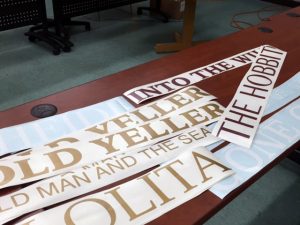
Although the project sounds straightforward enough, it wasn’t. I knew how to set up the titles in Adobe Illustrator, but when approached with the project, I didn’t know how to use the vinyl cutter yet. Details.… Going with an old philosophy that serves me well (most of the time) I decided to say yes to the project and figure out the details later. In this case, saying yes was a true win because I got to learn something new that I will use a lot in the future, and the added bonus is that it’s fun and has tons of creative potential too!
If you’re like I was, you might not even know the purpose of a vinyl cutter, but once you know you’ll realize vinyl cut work is everywhere. Lettering in the department store window? Vinyl cut. The hours posted beside the library’s front door? Vinyl cut. Those peel and stick animals, flowers, and inspirational quotes that people love to use to decorate walls? Vinyl cut. The cool thing about the Creativity Lab’s vinyl cutter is that if you can create a simple Illustrator or Inkscape file, you have what you need to start to cut your own original art! Why use the Home Depot wall art that everyone else is using when you can create something that is uniquely you?
Thanks to a short tutorial from the Lab’s Programming Librarian, I found that the vinyl cutter was an easy tool to learn. Mike showed me how to load the sheets of vinyl into the machine, change the speed and cut pressure of the blade, how to “weed” the vinyl once my file was done cutting, and finally how to apply the transfer paper necessary to get all of those titles onto the giant books in a straight line. After designing, cutting and weeding 52 titles, I officially consider myself a vinyl cutting expert. The best part was that the whole time I was working in the Lab, I was aware of the significance of what I was doing.

Leading up the event, for the purpose of designing the parade’s poster, I was given access to numerous images from the City’s 1968 Centennial events. The moment they were taken, just like those images from 1968, the photos from the 2016 Centennial Parade became important visual documentation of Peabody’s history. And although it’s only a small piece of the big picture, when people look at the images of the library’s float in the future, they’ll not only be looking at a rolling representation of the library, they’ll be looking at something that was created in part in the library’s own Creativity Lab.
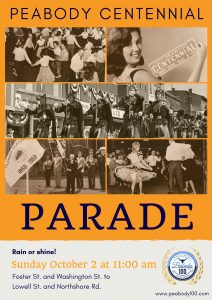
Want to learn more about the vinyl cutter? The Creativity Lab offers regular training classes, so you too have the opportunity to become a vinyl cutting expert. Check out the Creativity Lab’s complete class schedule for details.

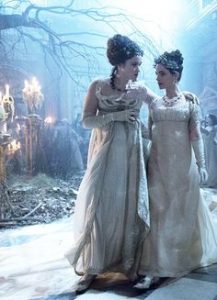
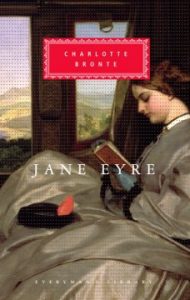
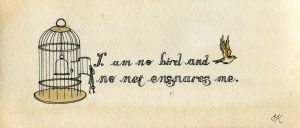
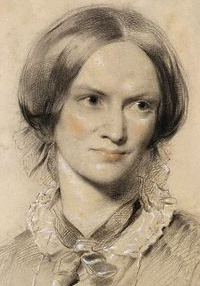 Arabella: I had been told by a number of educators in my life that I had to read
Arabella: I had been told by a number of educators in my life that I had to read 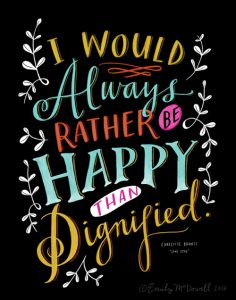 Lady Pole: I tried to read this book a few years ago. I have had wonderful discussions with Arabella about digging into a dense, rich book in the wintertime and felt
Lady Pole: I tried to read this book a few years ago. I have had wonderful discussions with Arabella about digging into a dense, rich book in the wintertime and felt 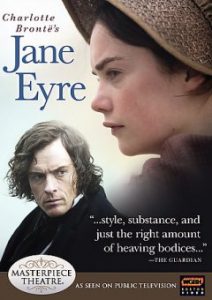 Arabella: I knew nothing about this book going into it, except for the fact that it caused a big scandal upon its release because it advocated for an independent woman, and for a moral, fundamental good over social “goods” and “evils”. But I never expected to find such a frank, self-confident, and marvelous heroine in its pages, or a love story that still strikes me as a wholly unique one, even today. Since then, I’ve seen a number of adaptations of the book, none of which do it real justice, though the one
Arabella: I knew nothing about this book going into it, except for the fact that it caused a big scandal upon its release because it advocated for an independent woman, and for a moral, fundamental good over social “goods” and “evils”. But I never expected to find such a frank, self-confident, and marvelous heroine in its pages, or a love story that still strikes me as a wholly unique one, even today. Since then, I’ve seen a number of adaptations of the book, none of which do it real justice, though the one 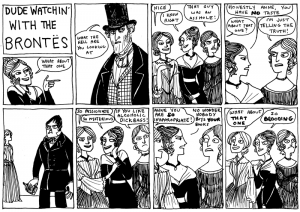
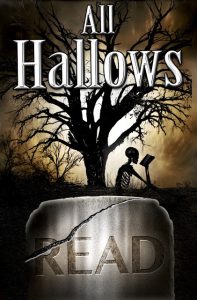
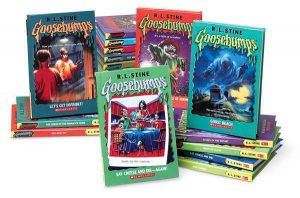 Goosebumps, by R.L. Stine is probably what most people think of when they think of scary stories for kids. This perennially popular
Goosebumps, by R.L. Stine is probably what most people think of when they think of scary stories for kids. This perennially popular 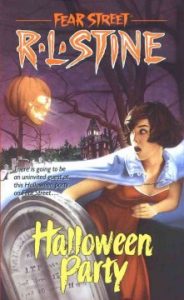 by R. L. Stine, a slightly scarier series that was designed for teens rather than emerging chapter-book readers. This series whiled away uncountable hours during my formative reading years and to me, it will always be the series I most associate with Stine. Fortunately, there are still some copies
by R. L. Stine, a slightly scarier series that was designed for teens rather than emerging chapter-book readers. This series whiled away uncountable hours during my formative reading years and to me, it will always be the series I most associate with Stine. Fortunately, there are still some copies 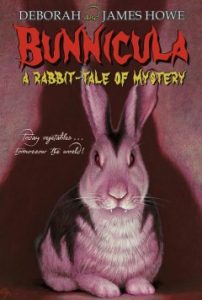 I did a search for Bunnicula on the Free for All and was completely appalled that we haven’t mentioned this seminal kids’ series here before. Given both my and Arabella’s mutual love for this book and it’s subsequent follow-ups, I’m really not sure how that happened, but I’m going to rectify that glaring, borderline-criminally-negligent, absence today. Bunnicula, by James and Deborah Howe is quite possibly the best spooky series for kids. It is about a rabbit who gets adopted by a family after finding him in a movie theater that was showing Dracula, hence they gave him the name Bunnicula. The pets already in residence at the family’s home, an erudite dog of letters named Harold (he is the one “writing” the story) and a delightfully well-read cat named Chester, have their suspicions about the new family member. After vegetables in the fridge start becoming bleached-white overnight (coincidentally the only time the new rabbit is truly active) Harold and Chester have their suspicions that Bunnicula is, in fact, a vampire. I have it on
I did a search for Bunnicula on the Free for All and was completely appalled that we haven’t mentioned this seminal kids’ series here before. Given both my and Arabella’s mutual love for this book and it’s subsequent follow-ups, I’m really not sure how that happened, but I’m going to rectify that glaring, borderline-criminally-negligent, absence today. Bunnicula, by James and Deborah Howe is quite possibly the best spooky series for kids. It is about a rabbit who gets adopted by a family after finding him in a movie theater that was showing Dracula, hence they gave him the name Bunnicula. The pets already in residence at the family’s home, an erudite dog of letters named Harold (he is the one “writing” the story) and a delightfully well-read cat named Chester, have their suspicions about the new family member. After vegetables in the fridge start becoming bleached-white overnight (coincidentally the only time the new rabbit is truly active) Harold and Chester have their suspicions that Bunnicula is, in fact, a vampire. I have it on 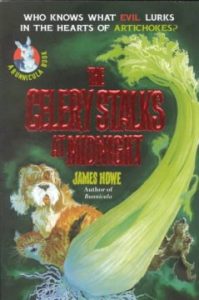 My personal favorite is Howliday Inn,
My personal favorite is Howliday Inn,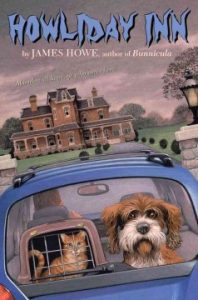 but I recommend starting with the first book, simply titled
but I recommend starting with the first book, simply titled 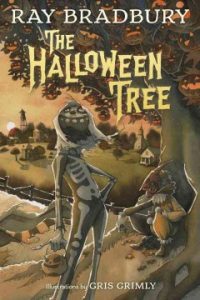
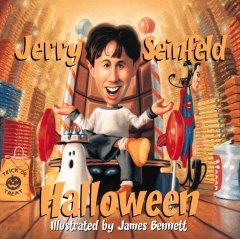
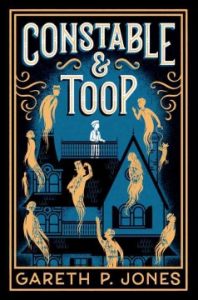
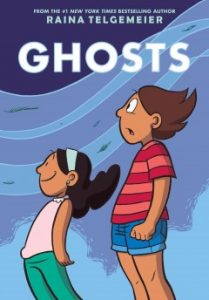
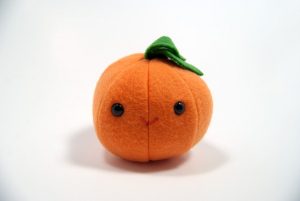




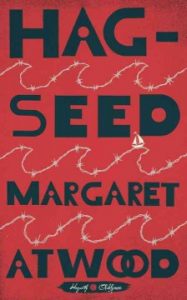 Hag-Seed
Hag-Seed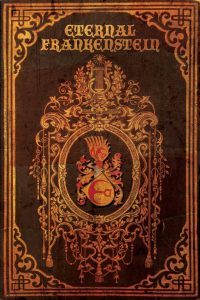 Eternal Frankenstei
Eternal Frankenstei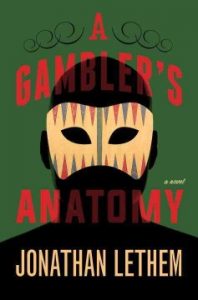 A Gambler’s Anatomy
A Gambler’s Anatomy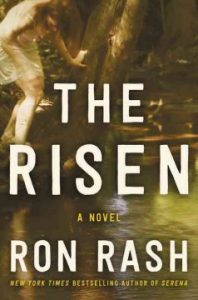 The Risen
The Risen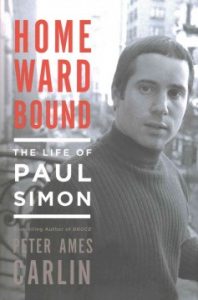 Homeward Bound
Homeward Bound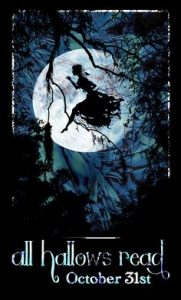

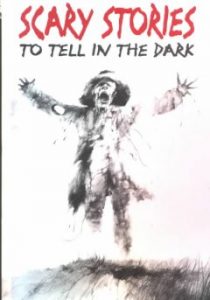 Scary Stories to Tell In The Dark
Scary Stories to Tell In The Dark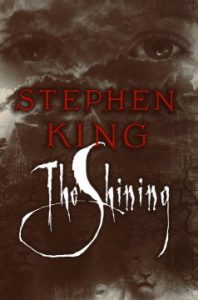
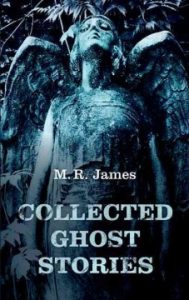 Collected Ghost Stories by M.R. James
Collected Ghost Stories by M.R. James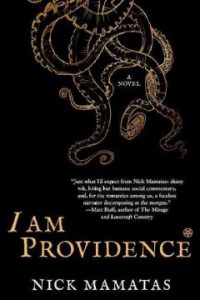
 I had a perfectly nice blog post planned for today’s Wednesday @ West. But when I got to work this morning, a brief conversation with my co-workers relieved that we are all feeling a rather high level of anxiety over the upcoming election. My gut told me that we are not alone. A quick Google search confirmed my suspicion.
I had a perfectly nice blog post planned for today’s Wednesday @ West. But when I got to work this morning, a brief conversation with my co-workers relieved that we are all feeling a rather high level of anxiety over the upcoming election. My gut told me that we are not alone. A quick Google search confirmed my suspicion.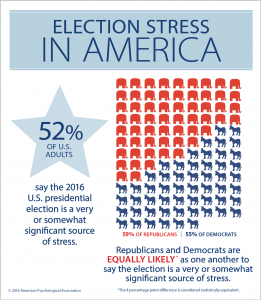 The American Psychological Association recently asked about election related stress in their annual Stress in America Survey. They found that a majority (52%) of Americans are finding this year’s election to be a “somewhat” or “significant” source of stress. And the stress is not limited to voters from one party. The APA is so concerned about these results that they have published
The American Psychological Association recently asked about election related stress in their annual Stress in America Survey. They found that a majority (52%) of Americans are finding this year’s election to be a “somewhat” or “significant” source of stress. And the stress is not limited to voters from one party. The APA is so concerned about these results that they have published 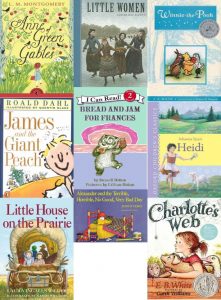 Read books. I’m not just being biased here. Science backs me up. Studies have shown that reading is the
Read books. I’m not just being biased here. Science backs me up. Studies have shown that reading is the 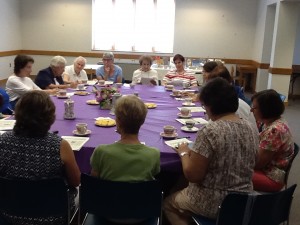 Drink tea. Unsurprisingly perhaps, it is a
Drink tea. Unsurprisingly perhaps, it is a 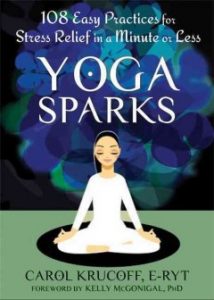 Do yoga. Even the Wall Street Journal has suggested that Americans will need some stress relief after tonight’s final presidential debate. They are imploring readers to
Do yoga. Even the Wall Street Journal has suggested that Americans will need some stress relief after tonight’s final presidential debate. They are imploring readers to 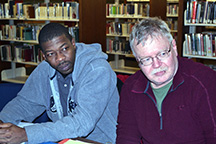 Help others.
Help others.  Immerse yourself in music. Ah yes, music, both
Immerse yourself in music. Ah yes, music, both 

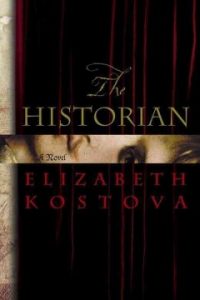
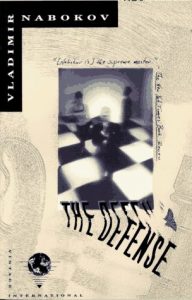 The Defense
The Defense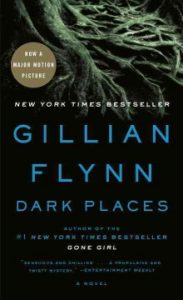 Dark Places
Dark Places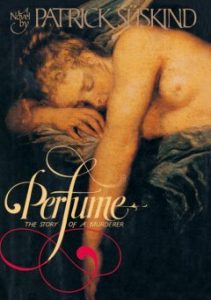 Perfume, the Story of a Murderer
Perfume, the Story of a Murderer